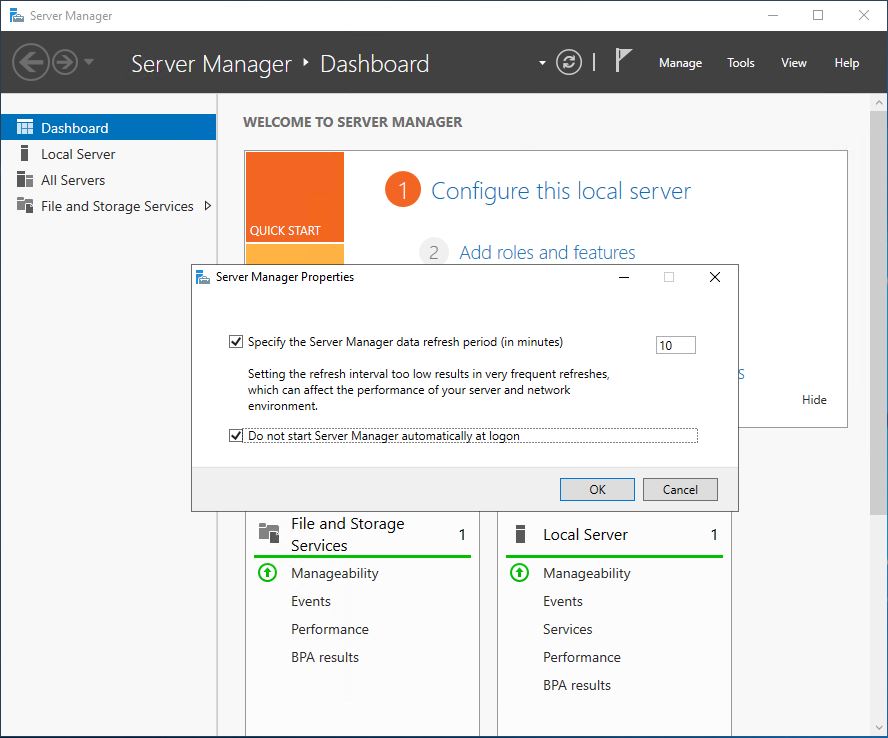The default settings of Windows Server 2019 are not optimal for Cloud VPS. You can be faced with security issues and low performance. In this article, we will show you the essential steps to make your VPS fast, stable and secure.
Windows Firewall
After creating a Server you should start from Firewall settings. You do not want to realize that your Administrator password was hacked by simple brute force.
- Open Run window (Win+R) and type wf.msc and press enter.
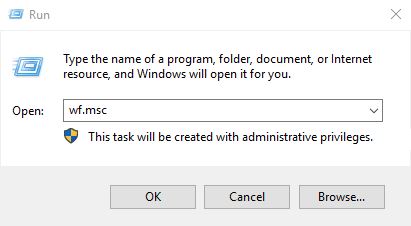
- Go to Inbounds Rules and remove all Rules except Remote Desktop – User Mode (TCP-In). Now you have all ports closed except RDP port 3389. You have full control of all your ports and if you need to open a port you have to add a new firewall rule.

- If you have a static IP it would be nice to add IP scope to Remote Desktop – User Mode (TCP-In). In this case you VPS cannot be brute forced! Make sure, that you know your IP. Just google “whatismyip” for this. Add this IP to the Scope of Remote IP Address of Remote Desktop – User Mode (TCP-In) rule.
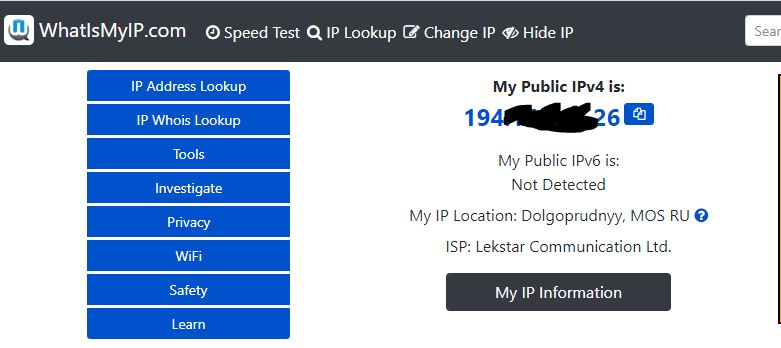
Make sure that you entered the correct IP and your IP is static. Otherwise, you will lose the connection to the server.
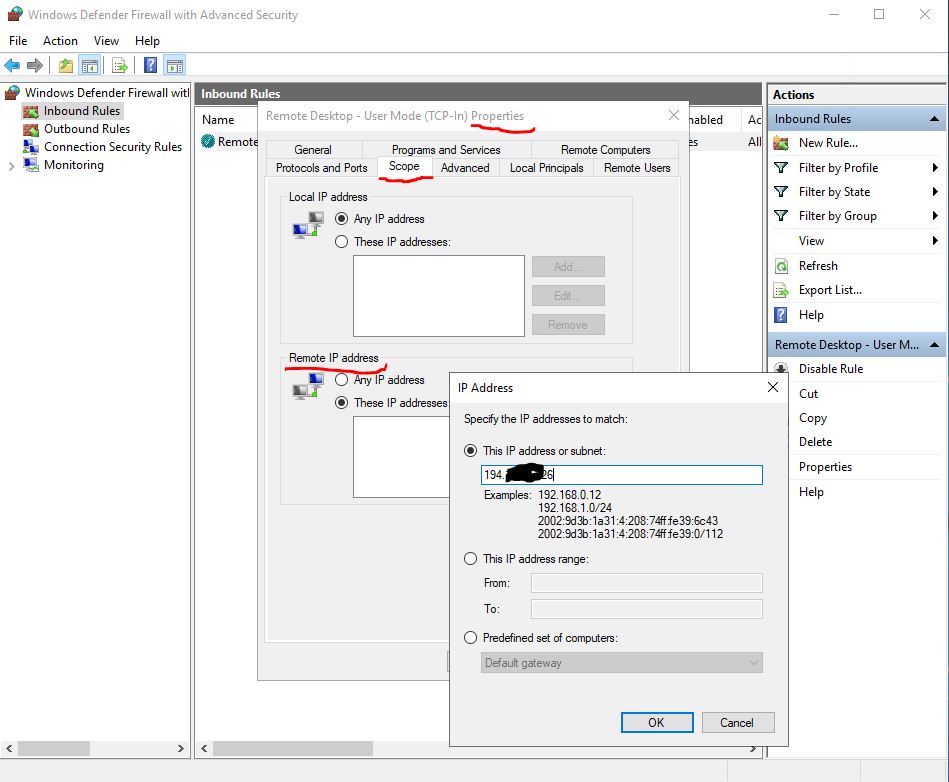
Set Windows Update to Manual
Automatic windows update is a common reason for performance drawbacks. It is really convenient to set the update mode to Manual and set up updates when you really want it.
- Open Run window (Win+R) and type sconfig and press enter.
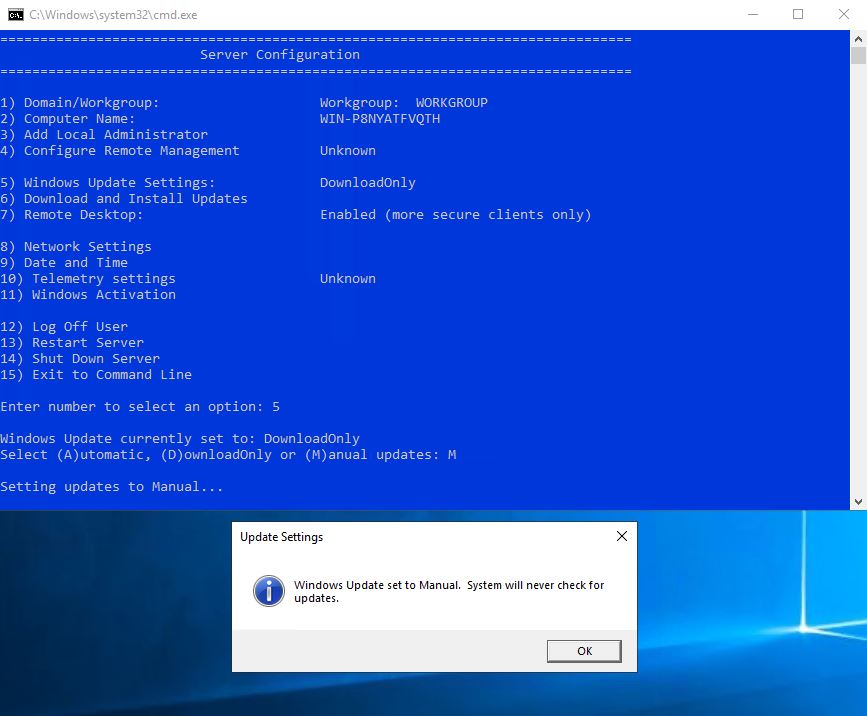
- Input 5 and press enter. Then select M for manual updates.
- Input 15 and press enter to exit from the screen.
Clean Up WinSxS for reduce disk space
- Open Run window (Win+R) and type cmd and press enter. This will open the command prompt. It should be opened as Administrator.
- Input the command and press enter:
Dism.exe /online /Cleanup-Image /StartComponentCleanup /ResetBaseThere is a nice Microsoft Article that explains what this command will do: https://docs.microsoft.com/en-us/windows-hardware/manufacture/desktop/clean-up-the-winsxs-folder
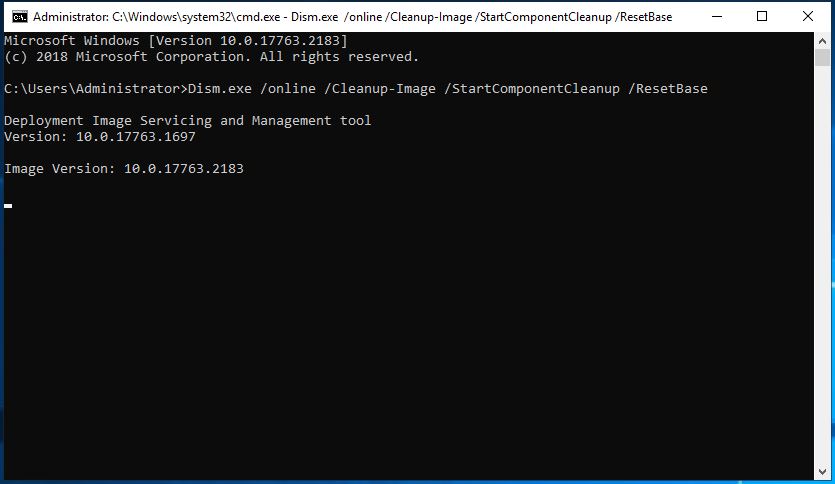
Do not startup Server Manager at logon
This step is not essential but really useful. Some people find it annoying after logon Server Manager starts. You can easily disable this behavior. Manage -> Server Manager Properties.
